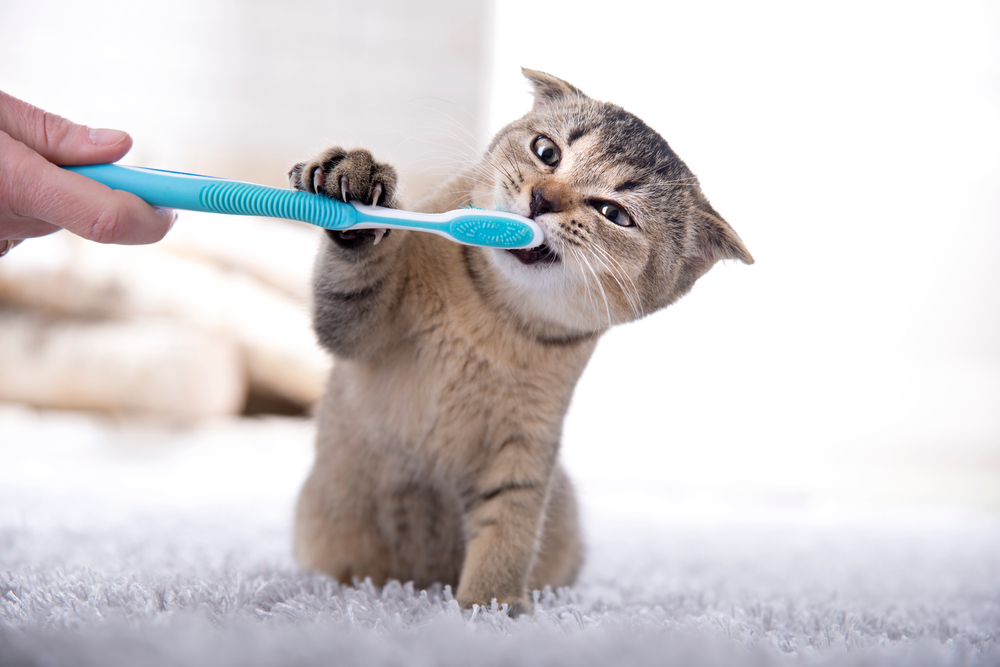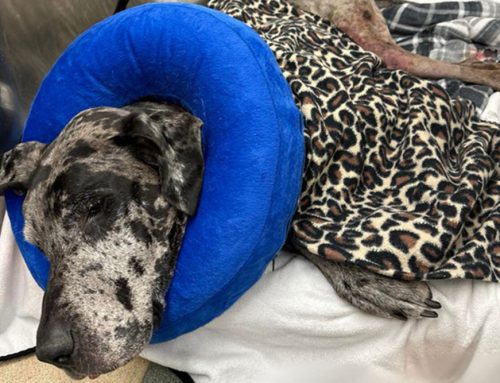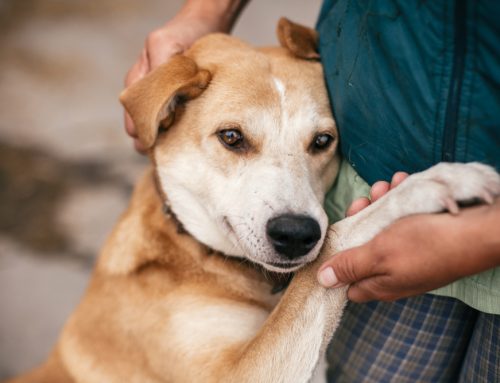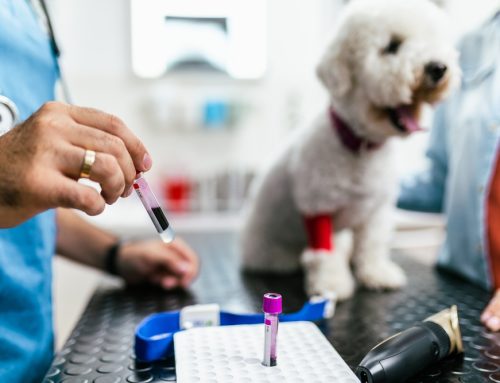Smelly breath may indicate a serious health problem for your pet. Dental disease is common in pets, affecting about 80% of dogs and 70% of cats before 3 years of age. A professional veterinary dental cleaning most effectively addresses the condition, so our Marcy Veterinary Clinic team explains what these procedures involve and why they are so important.
Scanning your pet from nose to tail
We first want to ensure your pet is as healthy as possible, and we assess their overall health with these steps:
- Tell us about yourself — We take a thorough history to determine if your pet has any preexisting health conditions and if they have ever reacted to a medication.
- Let’s look you over — We physically examine your pet, looking in their mouth and ears, listening to their heart and lungs, and taking their temperature, to ensure no abnormalities are present.
- This may pinch a little — We pull blood to run a complete blood count and biochemistry profile, because some health problems can’t be detected on a physical examination.
Helping your pet relax
A professional veterinary dental cleaning is performed under general anesthesia, which is necessary for several reasons, including:
- Safety — We use sharp instruments to clean your pet’s teeth, and we need your pet to remain still so they aren’t injured.
- Anxiety prevention — Many pets experience stress or fear when unfamiliar people attempt to examine their mouth. Anesthesia ensures your pet isn’t anxious during the procedure.
- Cooperation — To be thorough and effective, we must clean below your pet’s gum line, which is not possible unless your pet is anesthetized.
Taking a closer look at your pet’s mouth
Once your pet is safely anesthetized, we evaluate their entire oral structure, including palpating their lymph nodes, examining their mucosal tissue and gingiva, testing each tooth’s mobility, and probing around each tooth to look for periodontal pockets. Every finding is documented and charted in your pet’s medical record. Issues we may find include:
- Bleeding gums — Periodontal bacteria invade the gingiva, leading to gingivitis, which causes the tissue swelling and bleeding. When we probe around your pet’s teeth, we know periodontal disease is present if the tissue bleeds.
- Loose teeth — As periodontal disease progresses, the tooth’s supporting structures deteriorate, and the tooth becomes unstable in the socket.
- Fractured teeth — Pets commonly fracture teeth by chewing on excessively hard objects, and damaged teeth are more susceptible to infection.
- Tumors — When evaluating your pet’s mouth, we may find a benign or malignant oral tumor.
Viewing your pet’s more detailed anatomy
While an oral exam gives our team valuable information, we can see only about 50% of their oral structures, and we need dental X-rays to view structures below the gum line. Without X-raying your pet’s mouth, we can’t make an informed plan to address their dental health. Issues we may miss without dental X-rays include:
- Tooth root deterioration — As bacteria invade the tooth root, the structure can deteriorate and result in a dead tooth that may not be visible on an oral exam.
- Bone loss — Bacteria cause bone loss, which appears on X-ray as a moth eaten area.
- Bone fracture — The weakened bone can fracture, and X-rays help us detect jaw fractures before they cause further problems.
- Tooth resorption lesions — Tooth resorption lesions, which are common in pets, and especially cats, typically can’t be visualized without X-rays.
Preparing your pet for their next selfie
To ensure your pet’s smile is beautiful and ready for their next selfie, we perform a thorough, deep cleaning that involves:
- Scaling — We use ultrasonic equipment and hand-held instruments to remove plaque and tartar from your pet’s teeth and below their gum line.
- Polishing — Scaling your pet’s teeth leaves micro lesions on the surface that can allow bacteria to accumulate, but polishing can ensure the surface is nice and smooth.
- Protecting — We may apply fluoride or a dental sealant to your pet’s teeth to help prevent plaque accumulation.
Assigning homework for your pet

Plaque starts to accumulate on your pet’s teeth about 24 hours after a professional veterinary dental cleaning, and at-home dental care is necessary to keep your pet’s mouth clean and healthy between veterinary cleanings. Recommendations include:
- Daily toothbrushing — Since plaque accumulates so quickly, daily removal using a soft bristled brush is the best way to promote your pet’s oral hygiene. Choose a pet-friendly toothpaste that has enzymatic properties, and find a flavor that appeals to your pet. The many options available, including seafood, poultry, beef, and peanut butter, can make the process easier.
- Dental chews — Chewing on dental treats approved by the Veterinary Oral Health Council can help remove and prevent plaque.
- Dental diets — Some prescription foods are specifically formulated to keep your pet’s mouth healthy. Consult our veterinary team to see if a dental diet can benefit your pet.
If your pet’s breath is cringe-worthy, contact our Marcy Veterinary Clinic team, and allow us to take the necessary steps to ensure their pearly whites are clean and healthy.








Leave A Comment